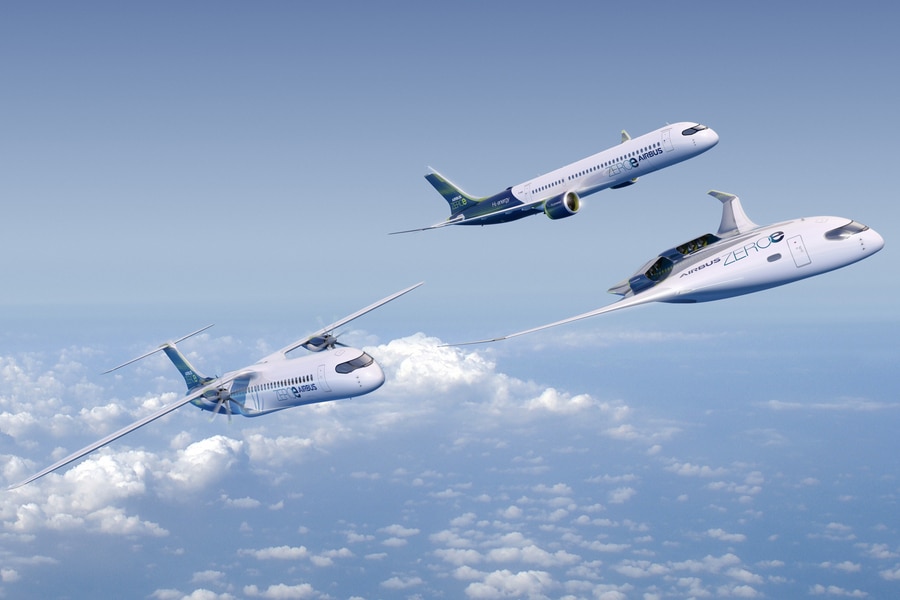- Researchers at MIT are developing a 1-megawatt motor for electrifying larger aircraft.
- The megawatt-motors will be a significant step towards greening aviation.

Electrification can reduce aviation’s carbon footprint, but only small electric planes are operational. Larger jets need megawatt-scale motors coupled with gas turbine aero-engines for hybrid or turbo-electric propulsion.
A team of MIT engineers are developing a 1-megawatt motor, a crucial milestone for electrifying larger aircraft. The team has designed, tested, and computed the motor’s components, confirming its ability to generate one megawatt of power. The motor can be coupled with batteries or fuel cells for all-electric applications, converting electrical energy into mechanical work for propeller propulsion. It can also be combined with a turbofan jet engine for hybrid propulsion, offering electric power during specific flight phases.
Heavy stuff
Electric motors utilize electromagnetic force for motion generation. They convert electrical energy, often from a battery or power supply, into a magnetic field using copper coils. The generated field causes a nearby magnet to spin, powering a fan or propeller. Historically, larger electric machines required heavier copper coils and magnetic rotors, adding weight. Increased power generation also meant more heat, necessitating additional cooling elements that further increased system weight, posing challenges for aircraft applications. The researchers emphasized the need for a compact, lightweight, and powerful architecture due to the restrictions on heavy components in aviation.
Good trajectory
The motor consists of a high-speed rotor with magnet arrays, a compact low-loss stator with copper windings, an efficient heat exchanger for cooling and torque transmission, and a distributed power electronics system with custom circuit boards for precise current control. The motor system integrates circuit boards closely with the machine, reducing loss and enabling efficient air cooling via an integrated heat exchanger. The circuit boards switch at a high frequency to maintain torque and high-speed rotation, allowing rapid movement of magnetic fields. To minimize risk, components were individually built, tested, and proven to exceed normal operational demands.
The team aims to assemble and test the fully functional electric motor in the future. Once demonstrated, the team believes the motor could propel regional aircraft and complement traditional jet engines for hybrid-electric propulsion. They envision multiple one-megawatt motors distributed along the wing of future aircraft. Furthermore, the design could scale up to multi-megawatt motors for larger passenger planes.






